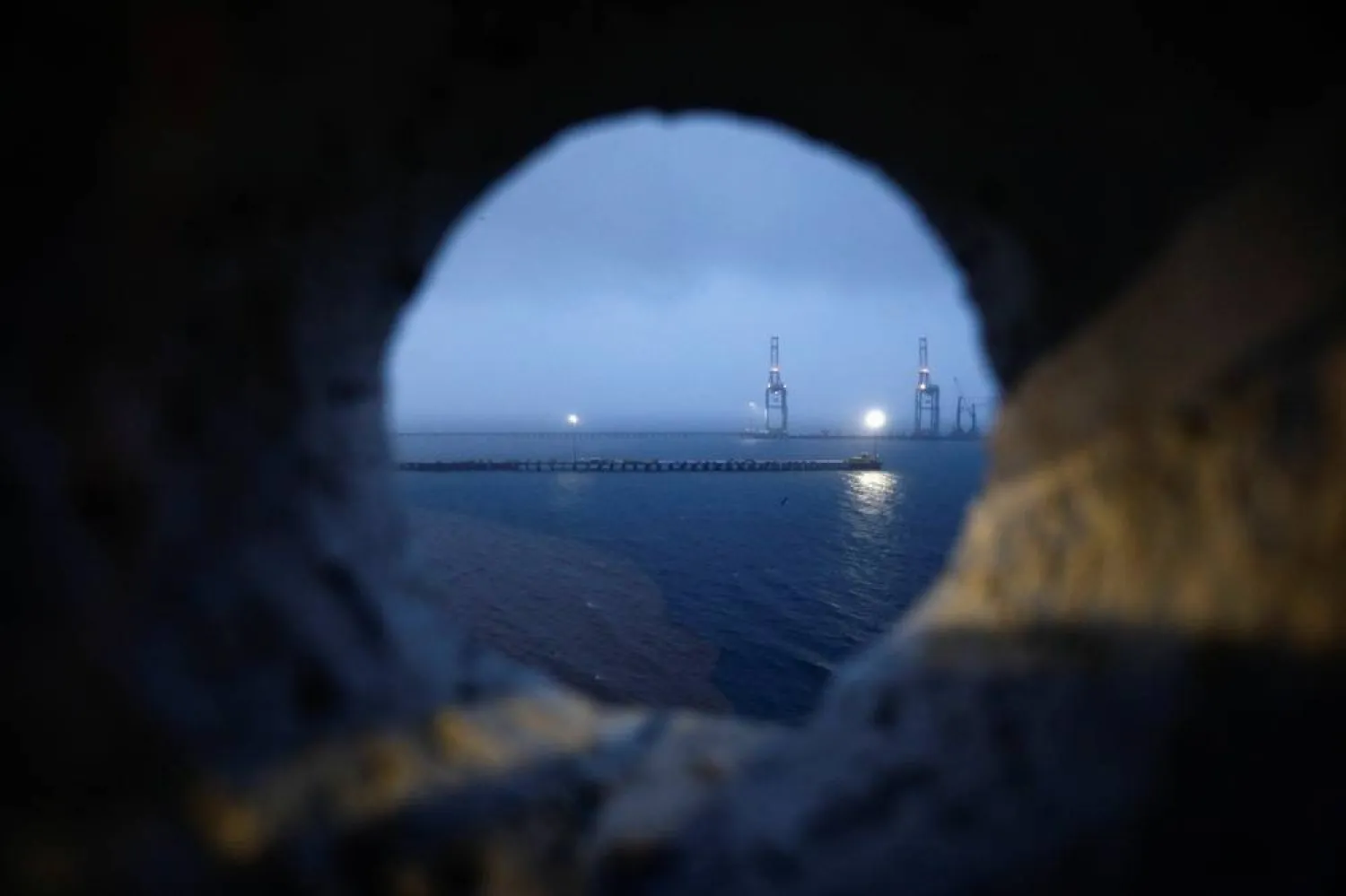Global COVID-19 infections hit a record high over the past seven-day period, Reuters data showed on Wednesday, as the Omicron variant raced out of control, keeping workers at home and overwhelming testing centers.
Almost 900,000 cases were detected on average each day around the world between Dec. 22 and 28, with myriad countries posting new all-time highs in the previous 24 hours, including the United States, Australia, many in Europe and Bolivia.
Almost two years after China first alerted the World Health Organization (WHO) to a cluster of "viral pneumonia" cases of unknown origin in the city of Wuhan, the regularly mutating coronavirus is still wreaking havoc, forcing numerous governments to rethink quarantine and test rules.
Although studies have suggested Omicron is less deadly than some previous variants, the huge numbers of people testing positive mean that hospitals in some countries might soon be overwhelmed, while businesses might struggle to carry on because of workers having to quarantine.
"Delta and Omicron are now twin threats driving up cases to record numbers, leading to spikes in hospitalization and deaths," WHO director-general Tedros Adhanom Ghebreyesus told a news briefing.
"I am highly concerned that Omicron, being highly transmissible and spreading at the same time as Delta, is leading to a tsunami of cases."
French Health Minister Olivier Veran told lawmakers France was seeing a "dizzying" rise in cases, with 208,000 reported in the space of 24 hours - a national and European record.
'Gear change' needed
Britain, Italy, Spain, Portugal, Greece, Cyprus and Malta all registered record numbers of new cases on Tuesday, while the seven-day average number of new daily cases in the United States hit a record 258,312, according to a Reuters tally on Wednesday. The previous peak was 250,141, registered last January.
Hundreds of flights have been canceled across the United States each day since Christmas as airline staff test positive for the coronavirus. The US Centers for Disease Control and Prevention (CDC) said it was monitoring 86 cruise ships that have reported COVID-19 cases.
Despite the surge in coronavirus infections, deaths and hospitalizations are comparatively low, CDC director Rochelle Walensky said on Wednesday.
While the current seven day daily average of cases is about 240,400 per day, up 60 percent over the previous week, the hospitalization rate for the same period is up just 14 percent to about 9,000 per day over the same period. Deaths were down about seven percent to 1,100 per day, Walensky added.
British Prime Minister Boris Johnson said 90% of patients ending up in intensive care had not received booster vaccines, which medical experts say is the best protection against Omicron.
Australia registered almost 18,300 new cases, eclipsing Tuesday's previous pandemic high of around 11,300.
In Spain, demand for free testing kits from the Madrid regional government far outstripped supply, with long queues forming outside pharmacies.
Early data from Britain, South Africa and Denmark suggests the risk of hospitalization from Omicron is lower than from Delta, the WHO said in its latest epidemiological report.
However, the WHO's top emergencies expert, Mike Ryan, said it was too soon to draw definitive conclusions because Omicron was so far circulating largely among younger, less vulnerable age groups.
'I just want to go home'
A number of governments were also increasingly worried by the huge numbers being forced into self-isolation because they had been in contact with a coronavirus sufferer.
"We just can't have everybody just being taken out of circulation because they just happen to be at a particular place at a particular time," Australian Prime Minister Scott Morrison told reporters.
Spain reduced the isolation period for people who have tested positive for COVID-19 to seven days from 10, the health ministry said, even as new infections hit record highs.
Italy was expected to relax some quarantine rules, worried about grinding to a halt because of the number in precautionary self-isolation. Cases there doubled within a day to 78,313 on Wednesday.
However, China stuck to its policy of zero tolerance, keeping 13 million people in Xian, capital of central Shaanxi province, under rigid lockdown for a seventh day as 151 new cases were reported on Tuesday, albeit none with Omicron so far.
"I just want to go home," said a 32-year-old mechanic who was in the city on business last week when it was effectively shut off from the outside world.
The surge in cases coincides with many countries' New Year holidays, normally a period of parties and travel. Some countries, such as Italy, have canceled public celebrations, while authorities in Japan urged residents to keep New Year gatherings small.
"The highest risk is meeting people without taking adequate measures to prevent infection," said Norio Ohmagari, director of the Disease Control and Prevention Center.







